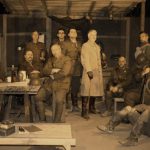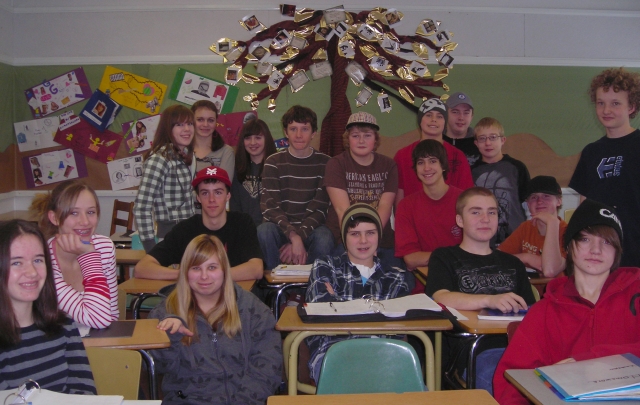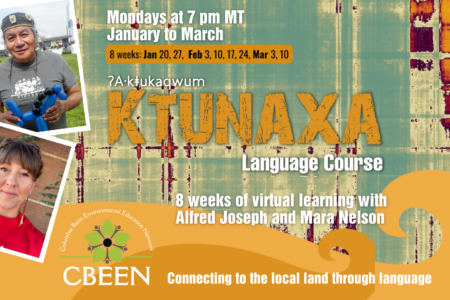NOL updates council on potential scenarios for education in Rossland
During this week’s council meeting, a delegation from the Neighbourhood of Learning committee had a chance to update council on where they were at, in reference to their plans for the education of Rossland students going forward.
The committee has two task forces. One task force is concerned with finding long term solutions that would allow for all Rossland K-12 students to be educated in Rossland under a public system but outside of School District 20. The option that they are currently pursuing is the creation of a Rossland municipal school district . This district would be run similarly to any other public school district: under the management of a Board of Trustees, receive public funding, and would report to, as well as take instructions from, the Ministry of Education.
The delegate for the long term solution task force pointed out that there is nothing defined in legislation about a municipal school district. There is no precedent for this kind of proposal in Canada, though such models exist extensively in the US. So, the next step for this task force is to wait until the dust settles after the recent provincial election, as typically there is a shuffle of ministers and bureaucrats, and then to get in front of a minister or senior bureaucrat and make their pitch. In the mean time, they will be researching other models and strengthening their arguments, in order to bring the most convincing case to the table when that time comes.
The other task force, concerned with short term solutions, has the specific goal of opening up a school in September that would provide services for grade 10-12 students. If successful, this school will be available to anyone and everyone who wishes to attend. In order to make this possible, the task force is looking at outside sources of funding, such as international students, grants, independent sponsors etc.
There are two options down this path. The first involves opening an independent school in September. The group has put forth a bid to receive a group three designation. This means the school would be allowed to operate, but with no promise of funding. Upon an October inspection by the Ministry, a group two designation could be awarded, and this would translate into about 35% of SD 20 operating funding. According to the NOL committee, this option offers the most potential to meet community needs, but is also the hardest to execute because of strict timelines.
The second is partnering with a distributed learning school or district. These could take the form of either public, or independent distributed learning districts. The public path provides more funding directly from the Ministry of Education, but may have less flexibility in dealing with contracts. The independent path provides more flexibility, but it will have less funding.
Currently the NOL committee task force has received proposals from other districts representing both distributed learning options, and is analyzing them for feasibility. It is important to note that in both options, the program model is one of blended learning, including face-to-face instruction with teachers.
The NOL committee task force is not pursuing a strictly distributed learning model.
Councillor Kathy Moore asked if the public had been polled to see what kind of support there was for these options. The response was that due to strict timelines and not knowing specific numbers, the task force was going to wait to bring these ideas to the public until after they had something more concrete. That said, they are hoping to have something in the next week or two. So, stay tuned for your opportunity to provide input!
























